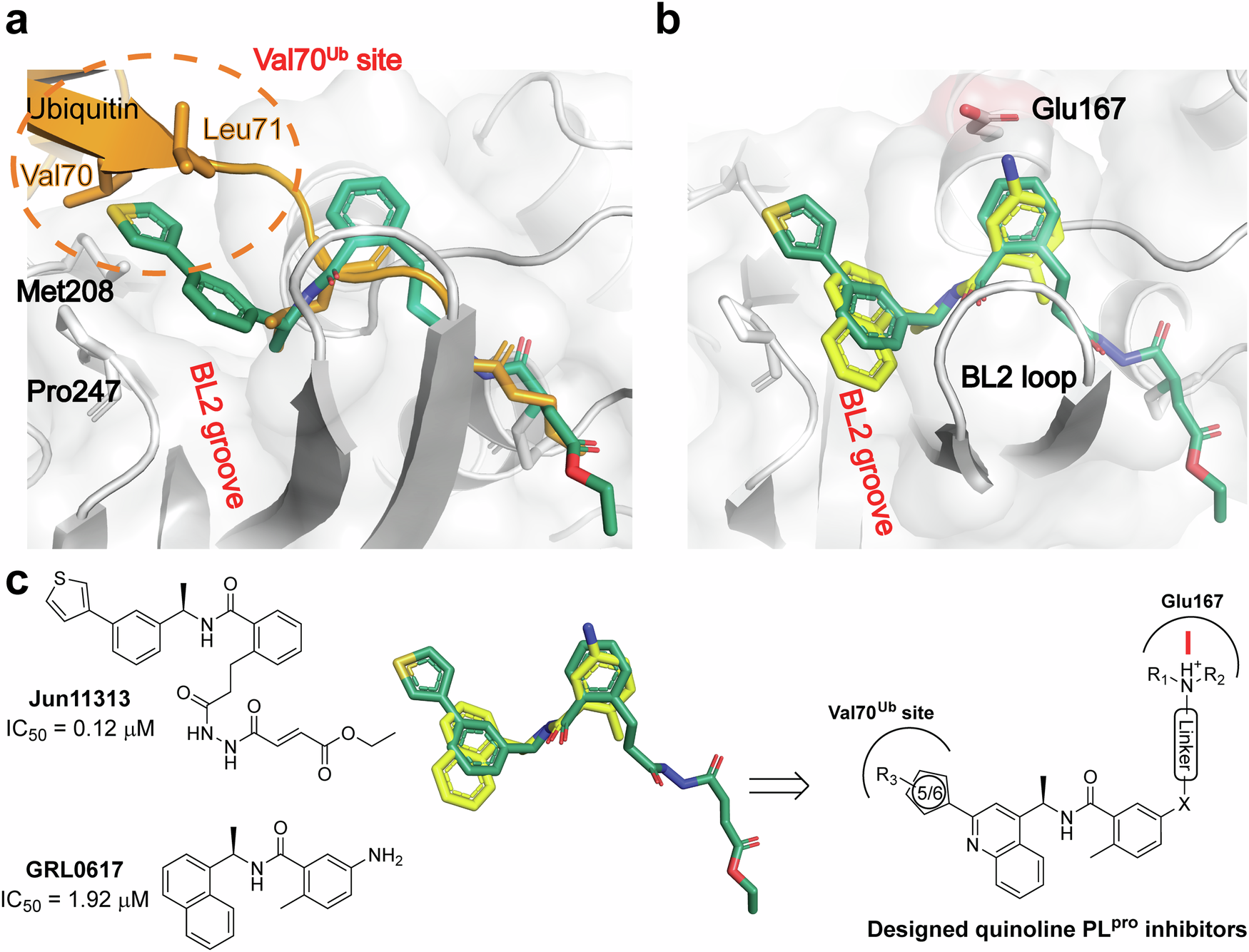2025-04-08 ノースウェスタン大学

<関連情報>
- https://news.northwestern.edu/stories/2025/04/als-drug-effectively-treats-alzheimers-disease-in-new-animal-study/
- https://www.pnas.org/doi/10.1073/pnas.2402117122
NU-9によるアミロイドβオリゴマー蓄積抑制:神経変性疾患治療のための統一的メカニズム Inhibition of amyloid beta oligomer accumulation by NU-9: A unifying mechanism for the treatment of neurodegenerative diseases
Elizabeth A. Johnson, Raghad Nowar, Kirsten L. Viola, +6 , and Richard B. Silverman
Proceedings of the National Academy of Sciences Published:March 3, 2025
DOI:https://doi.org/10.1073/pnas.2402117122
Significance
Protein aggregation is a hallmark of neurodegenerative diseases; aggregates of different proteins lead to different diseases, which connects all these neuronal pathologies by a common characteristic. Because similarities may exist in the mechanisms responsible for the buildup of various aggregates, therapeutics designed to treat one neurodegenerative disease may be beneficial to others. Previously, in mouse models of ALS, the compound NU-9 was shown to block pathologies produced by two mutant proteins, SOD-1 and TDP-43. Here, we report that NU-9 also prevents the accumulation of amyloid-beta oligomers, small aggregates that instigate Alzheimer’s disease neurodegeneration. This manuscript contributes additional understanding to the mechanisms of protein aggregation and indicates that multiple neurodegenerative diseases may be treatable by targeting a common protein aggregation mechanism.
Abstract
Protein aggregation is a hallmark of neurodegenerative diseases, which connects these neuropathologies by a common phenotype. Various proteins and peptides form aggregates that are poorly degraded, and their ensuing pathological accumulation underlies these neurodegenerative diseases. Similarities may exist in the mechanisms responsible for the buildup of these aggregates. Therefore, therapeutics designed to treat one neurodegenerative disease may be beneficial to others. In ALS models, the compound NU-9 was previously shown to block neurodegeneration produced by aggregation-inducing mutations of SOD-1 and TDP-43 [B. Genç et al., Clin. Transl. Med. 11, e336 (2021)]. Here, we report that NU-9 also prevents the accumulation of amyloid beta oligomers (AβOs), small peptide aggregates that are instigators of Alzheimer’s disease neurodegeneration [M. Tolar et al., Int. J. Mol. Sci. 22, 6355 (2021)]. AβO buildup was measured by immunofluorescence imaging of cultured hippocampal neurons exposed to exogenous monomeric Aβ. In this model, AβO buildup occurs via cathepsin L- and dynamin-dependent trafficking. This is prevented by NU-9 through a cellular mechanism that is cathepsin B- and lysosome-dependent, suggesting that NU-9 enhances the ability of endolysosomal trafficking to protect against AβO buildup. This possibility is strongly supported by a quantitative assay for autophagosomes that shows robust stimulation by NU-9. These results contribute additional understanding to the mechanisms of protein aggregation and suggest that multiple neurodegenerative diseases might be treatable by targeting common pathogenic mechanisms responsible for protein aggregation.


